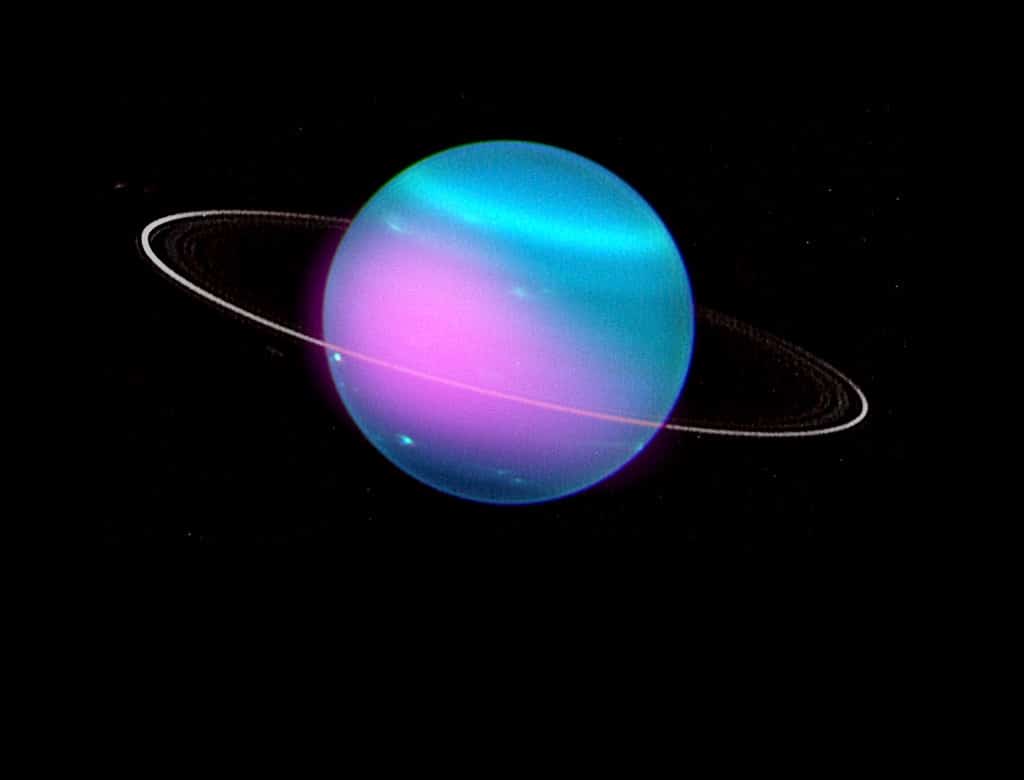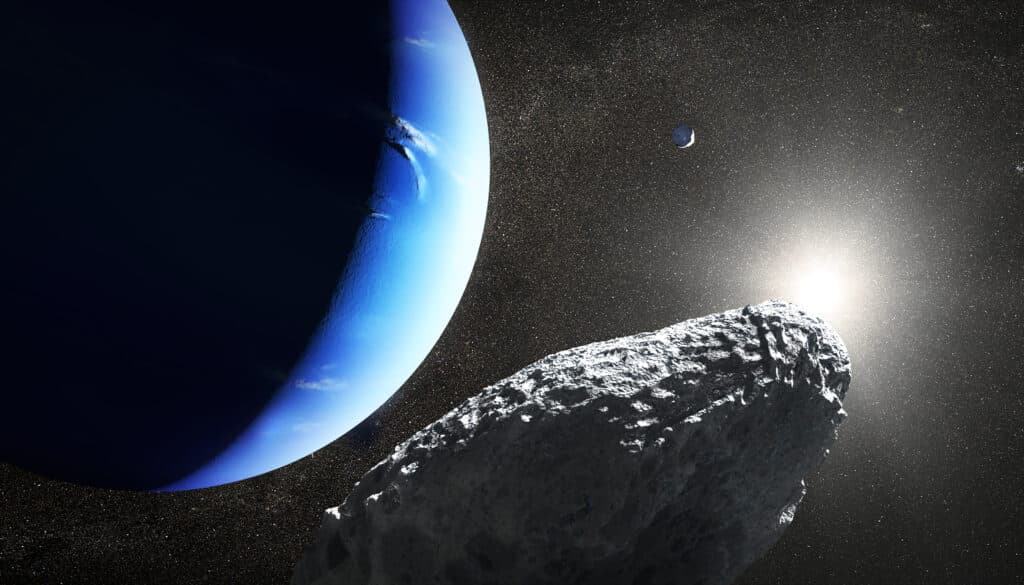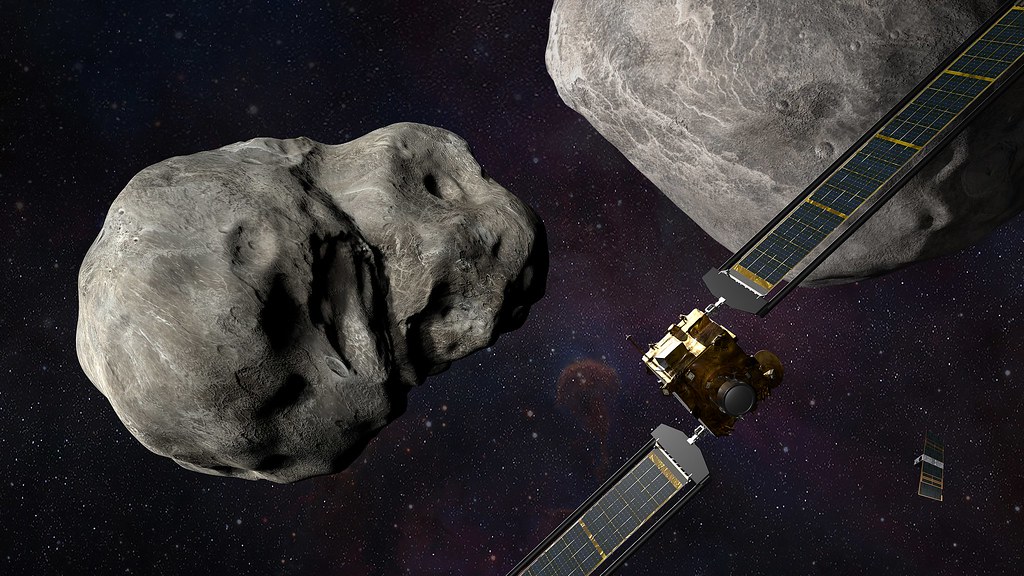While the summer of supermoons and meteor showers has ended, September is the start of the aurora-borealis season.

September sees the start of the aurora-borealis season in far northern parts of the globe like Iceland, Norway, and Alaska.
While the occurrences can’t be predicted, there are ways to improve the odds of seeing the wonderful spectacle.
From asteroid crashes to planet sightings, the next two weeks hold some incredible sights to behold that you might want to look out for.
Two weeks of night sky phenomena start tonight −occultation of Uranus and the moon

Today, 14 September, point your eyes to the sky if you’re in Africa, Asia, or Europe, as the moon will be passing in front of Uranus.
A unique planet-meets-planet sighting, a lunar occultation (the passing of one object in front of another), would usually be tough to see from the Earth’s surface.
However, this one is an exception. Check out the map from TheSky.org to see where and when you can spot it. Two weeks of night sky phenomena start tonight. Will you be having a look?
The coming days – Neptune and the Fall Equinox

On 16 September, Earth will pass between Neptune and the sun. The event is known as opposition. It coincides with Neptune reaching its closest proximity to the sun.
This means that Neptune will be at its biggest and brightest. For this one, you’ll need a telescope to spot the icy planet.
Furthermore, on 22 September, it’s officially autumn in the northern hemisphere by 10 pm EDT. This marks the days getting shorter and the nights longer.
This is a welcome change for those who love stargazing, as the September Equinox is one of the most active aurora periods.
The rest of September – lots going on

On 26 September, you can expect two exciting events. NASA’s first mission to deflect an asteroid will occur, according to NASA. During the mission, known as the Dart Asteroid Redirection Test (DART), the DART spacecraft will collide with a non-threatening asteroid.
This approach is to determine if this method could successfully redirect speed and course for any future asteroids that might collide with our planets.
Furthermore, on the evening of the same day, stargazers can admire Jupiter at opposition in the constellation Pisces.
By midnight, Jupiter will be closest to Earth and at the highest point in the sky. Grab your binoculars for this one!
Finally, on 29 September, the NASA Juno Mission will fly by Jupiter’s Europa moon. This is known to be the best place in our solar system to find the potential of alien life.
Last year, NASA extended the mission of its Juno spacecraft, which has been orbiting Jupiter since 2016. Potential photos captured from this event will likely help inform future missions to Jupiter.

